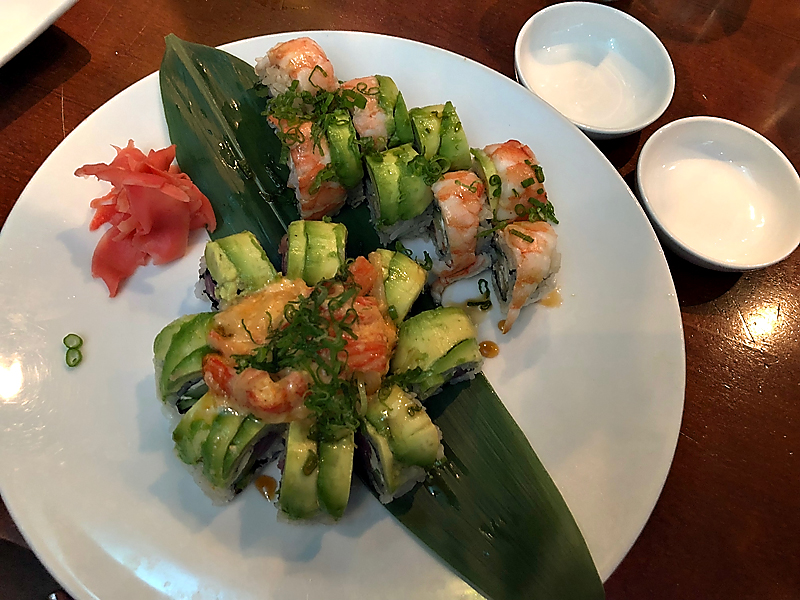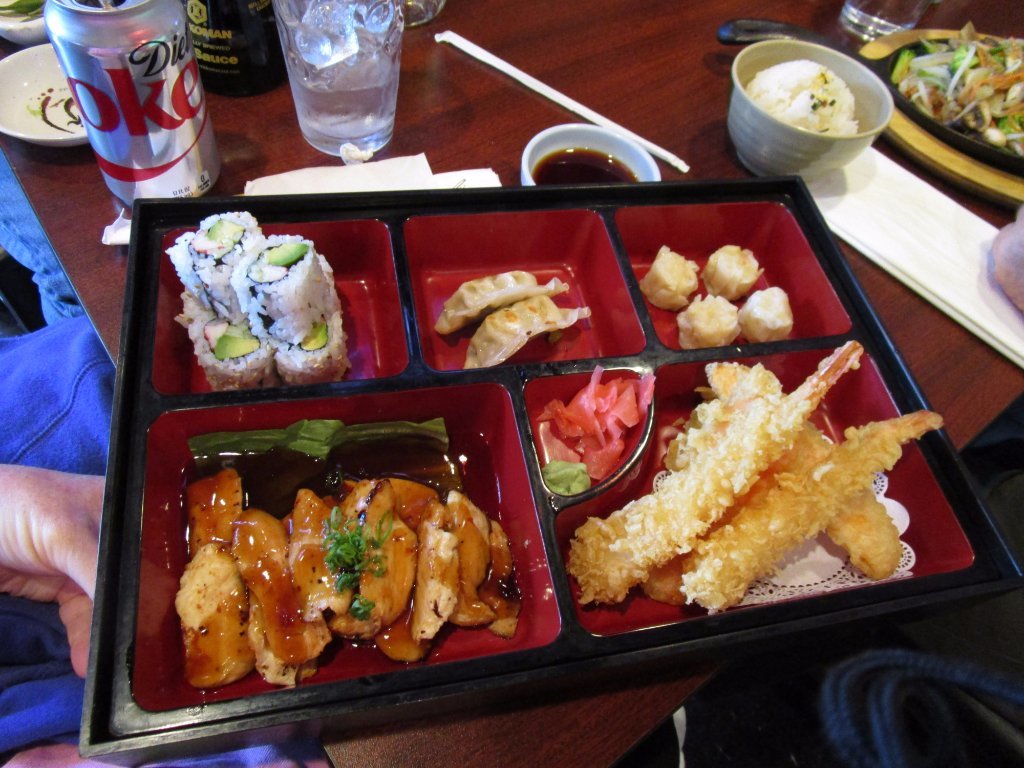

During the modernization of Japan (19th century), carrying Samurai swords became illegal. The techniques of handcrafting sushi knives date back to the 14th century-with many of the techniques (from swordsmiths) going back as far as 1000 years ago. In my experience, seeing that gap leads to the blade becoming completely unseated over time. The blade needs to be completely seated within the handle when you purchase your knife. If you order a knife and you can see a gap between where the neck ends and the collar begins (this is the bone or horn cap on the handle), send it back. The main reasoning for this is to secure the blade to the handle and add more balance to the weight of the blade. Traditional Japanese knives use a partial tang or a “rat tail.” This means that the metal from the blade is tapered down and surrounded by the handle.
#SUSHI KATANA FULL#
However, unless you are planning to go into combat or use your knife to pry open your car door (please don’t), you don’t need a “full tang.” In fact, there are some chefs that argue that a full tang knife has higher sanitation risks! There are several styles of knives that have a full tang with two pieces of the handle riveted onto it these are typically seen in European knives.


Previously I thought that a full tang was the only way to go. Full tang runs the entire length of the handle whereas half tang does not. There are full tang knives and half tang knives. The tang refers to the metal portion of the handle that runs down the length. The last unique trait of sushi and sashimi knives (which can also be seen in Japanese Katana) is the Tang. The handles are made with various types of wood and usually a bone cap towards the top. This was to make using the knife for long periods of time more comfortable. Traditionally, the handle was shaped with a “D” cross-section. Left-handed knives are usually custom-made and more expensive.Īnother unique quality of the knives is the handle. It is rumored that most sushi knives are right-handed because it is better to cut fish with, whereas left-handed knives are better for cutting shellfish. The flat edge is there so that food doesn’t stick to the knife.

These knives are sharpened so that only one side holds the cutting edge and the other side remains flat. You haven't had sushi until you've been to Sushi Katana.One unique trait of sushi and sashimi knives is their single beveled edge. Breakfast, lunch, and dinner are all available at Sushi Katana. At Sushi Katana, you have the option of paying by major credit card. Menu items at Sushi Katana tend to be mid-priced, so expect to plop down about $30 per person to dine here. Make use of the safe and efficient bike parking at Sushi Katana. Need to get out of the house? Order and pick up from this sushi spot.ĭrivers will embrace the parking lot located next door to Sushi Katana. Sushi Katana's guests are no strangers to casual clothing, and sneakers are spotted around every corner. Groups of all sizes can easily be seated at Sushi Katana. This sushi spot is great for families with kids. Round out your meal with a little tipple ? this sushi spot has a terrific drink list, including beer, wine, and more. Find one that won't disappoint at Sushi Katana. It's always the right time to eat a delicious, healthy meal. Sushi Katana's got sushi down to a T (eat your way through the A+ reviews), and fans will agree that this trendy Orlando joint serves the best under-the-sea fare in town.


 0 kommentar(er)
0 kommentar(er)
